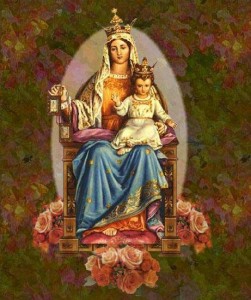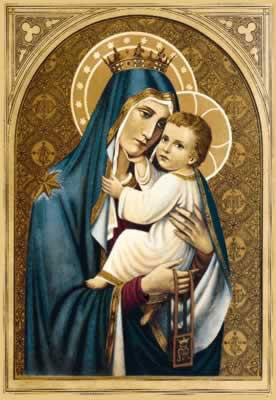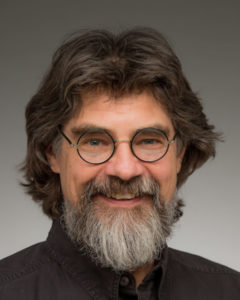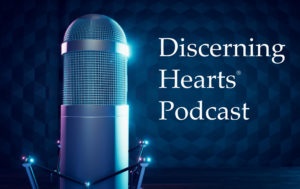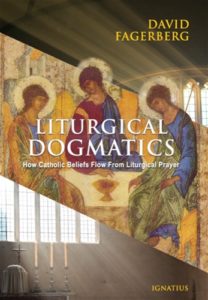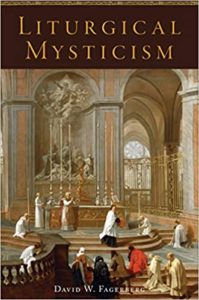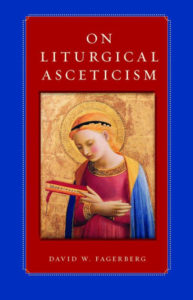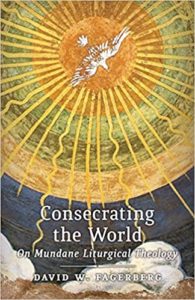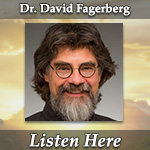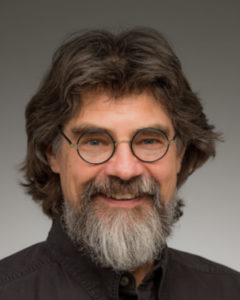Podcast: Play in new window | Download (Duration: 27:20 — 18.9MB) | Embed
Subscribe: Apple Podcasts | Spotify | Amazon Music | Android | Pandora | iHeartRadio | JioSaavn | Podchaser | Gaana | Podcast Index | Email | TuneIn | Deezer | Anghami | RSS | More
Our Lady of Sorrows – Building a Kingdom of Love with Msgr. John Esseff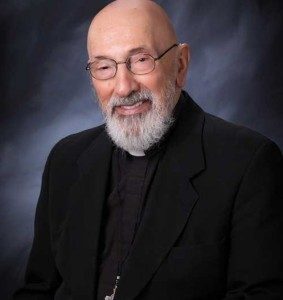
Msgr. Esseff reflects on the meaning of Our Lady of Sorrows. How do we connect that with the suffering of Christ? All the suffering we endure is united with Jesus, and the Blessed Mother guides our way. She is our mother and the power of her love is incredible. Ask her to come to you in your suffering as she came to her Son. She is our Our Mother of Hope and Compassion. God conquers sorrow with hope!
Hail, holy Queen, Mother of Mercy,
our life, our sweetness and our hope.
To thee do we cry, poor banished children of Eve;
to thee do we send up our sighs,
mourning and weeping in this valley of tears.Turn then, most gracious advocate,
thine eyes of mercy toward us;
and after this our exile,
show unto us the blessed fruit of thy womb, Jesus.
O clement, O loving, O sweet Virgin Mary.℣ Pray for us O holy Mother of God,
℟ that we may be made worthy of the promises of Christ.
Msgr. John A. Esseff is a Roman Catholic priest in the Diocese of Scranton. He was ordained on May 30th 1953, by the late Bishop William J. Hafey, D.D. at St. Peter’s Cathedral in Scranton, PA. Msgr. Esseff served a retreat director and confessor to St. Mother Teresa. He continues to offer direction and retreats for the sisters of the missionaries of charity around the world. Msgr. Esseff encountered St. Padre Pio, who would become a spiritual father to him. He has lived in areas around the world, serving in the Pontifical missions, a Catholic organization established by St. Pope John Paul II to bring the Good News to the world especially to the poor. Msgr. Esseff assisted the founders of the Institute for Priestly Formation and continues to serve as a spiritual director for the Institute. He continues to serve as a retreat leader and director to bishops, priests and sisters and seminarians and other religious leaders around the world.

